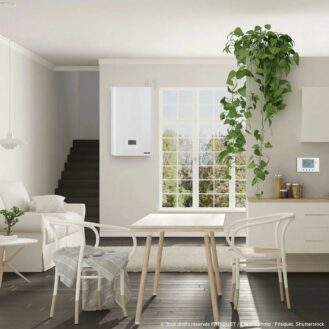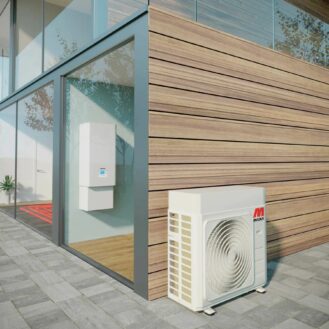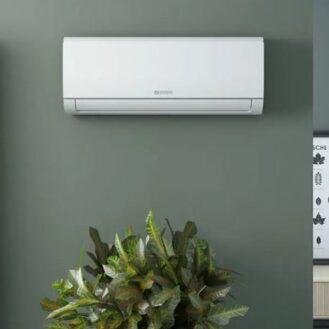
ALLCO ALLENSPACH AG – Floor Ventilation Grill
The application of ventilation grills raises questions about the technical considerations involved. Whether you intend to install them in exteriors or within interiors like kitchens or bathrooms, it’s essential to analyze the practical aspects carefully.
Exterior ventilation grills can be designed for specific applications such as exterior walls, roof outlets, windows, doors, or facades, with a focus on prioritizing robust and weather-resistant materials. In cases where the grills are accessible, consider anti-vandal designs to enhance security. You will need to think about how the size and placement of the grill could affect thermal, acoustic, insect, and weather protection.
While interior ventilation grills may not necessitate weather resistance, they might still demand specific technical attributes to perform optimally. For example, grills for humid areas such as kitchens or bathrooms should be made out of materials that do not rust or warp and that are resistant to cooking fumes and particles. Floor ventilation grills should be structurally strong, robust, and easy to clean, especially in areas where they will be walked over regularly. Make sure that the size and shape of the openings minimize the risk of tripping over them.












